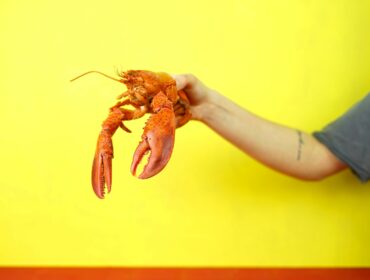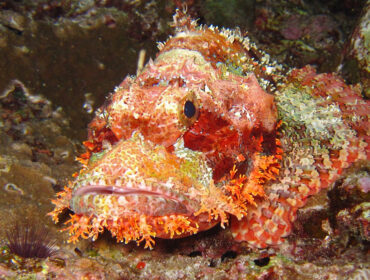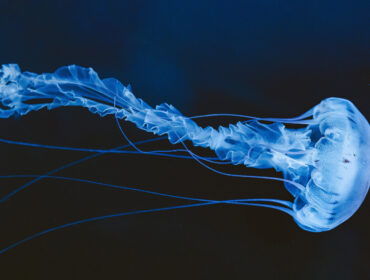Although most people recognize coral and have some idea of what it is, few people actually know very many specifics about this strange little sea creature. There are hundreds of different types of corals, each with its own unique shape, color, habitat, size and growth pattern. Some look like plants while others look like something alien. These factors can make corals, and how they grow, confusing.
Corals are not plants, although many people, upon seeing them, believe that they are. They are actually large structures of very tiny organisms called polyps, which are more animal-like than plant-like. Polyps can vary in size, color and shape. They are generally only a few millimeters in size, although some can be smaller and some can be much larger. Polyps always have a tiny mouth, which is surrounded by tentacles. The other end of the polyp is surrounded by a tiny exoskeleton.
A growing coral starts as a group of polyps of the same species. The polyps stick close together, clinging to a piece of rock, the seabed, or whatever is in reach and anchored down. Each polyp builds a small exoskeleton. A hard coral species uses the salt water of the sea to produce a calcium carbonate exoskeleton. A soft coral species, on the other hand, uses protein to build its exoskeleton. A hard coral has a rigid skeleton, while a soft coral has much more flexible skeleton.
Over time, older polyps die and new polyps are created. Depending on the species, new polyps form asexually or when polyps of the same species release eggs and sperm into the water. The new polyps cling to the old, dead skeletons of the other polyps. As this process continues, the polyps slowly begin to form the typical coral shape for that species. Each generation builds on the next. Polyps from a specific coral breed always build in a similar manner, so different corals are easy to recognize.
How fast a sea coral grows depends on how quickly the polyps reproduce, and also on how long each polyp’s life cycle is. Some corals take years to reach their maximum growth, while others can gain many inches in just a few months. Polyps are also very sensitive to their surroundings. Growth will slow or stop if there is not enough light or nutrients or if temperatures or currents fluctuate.




